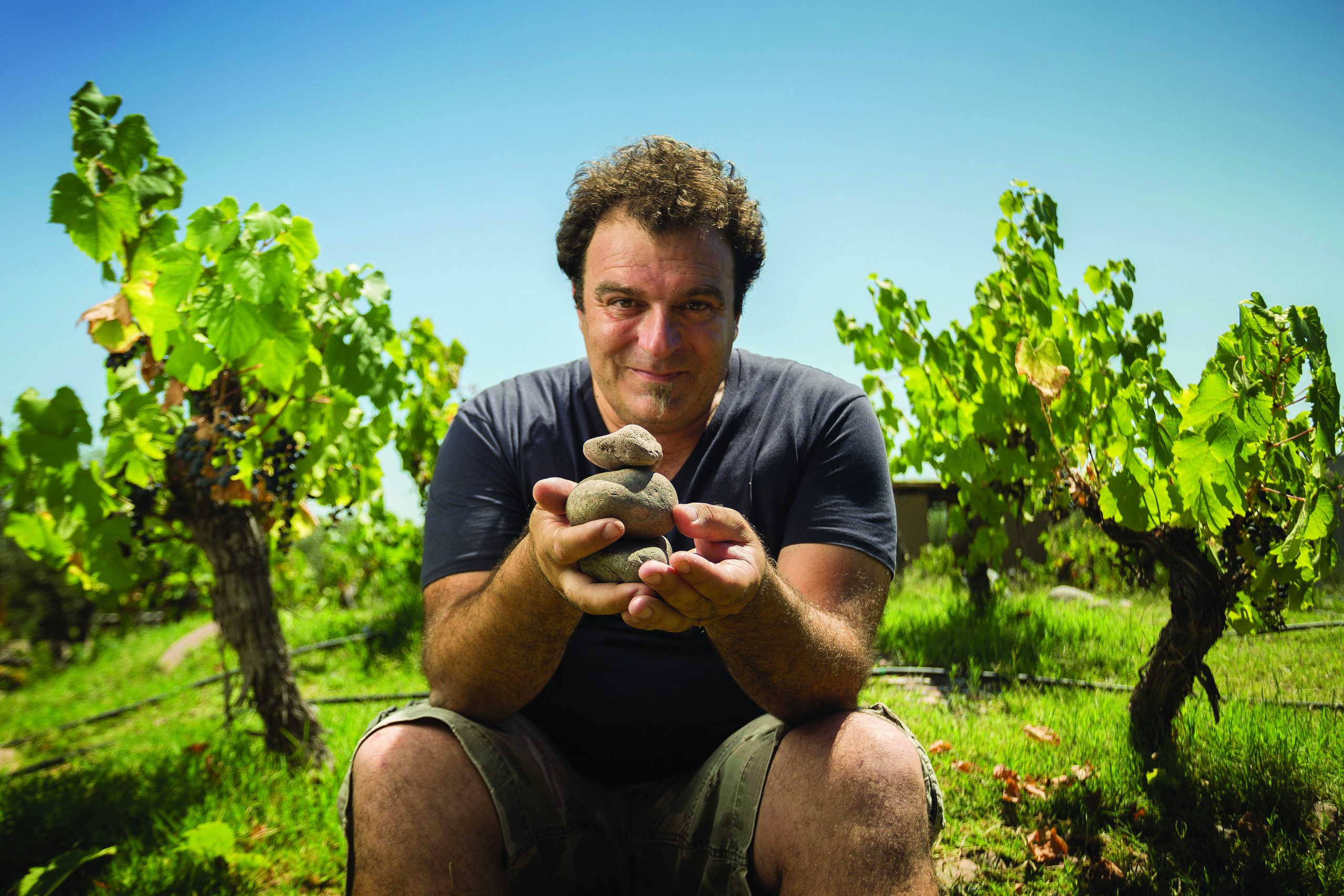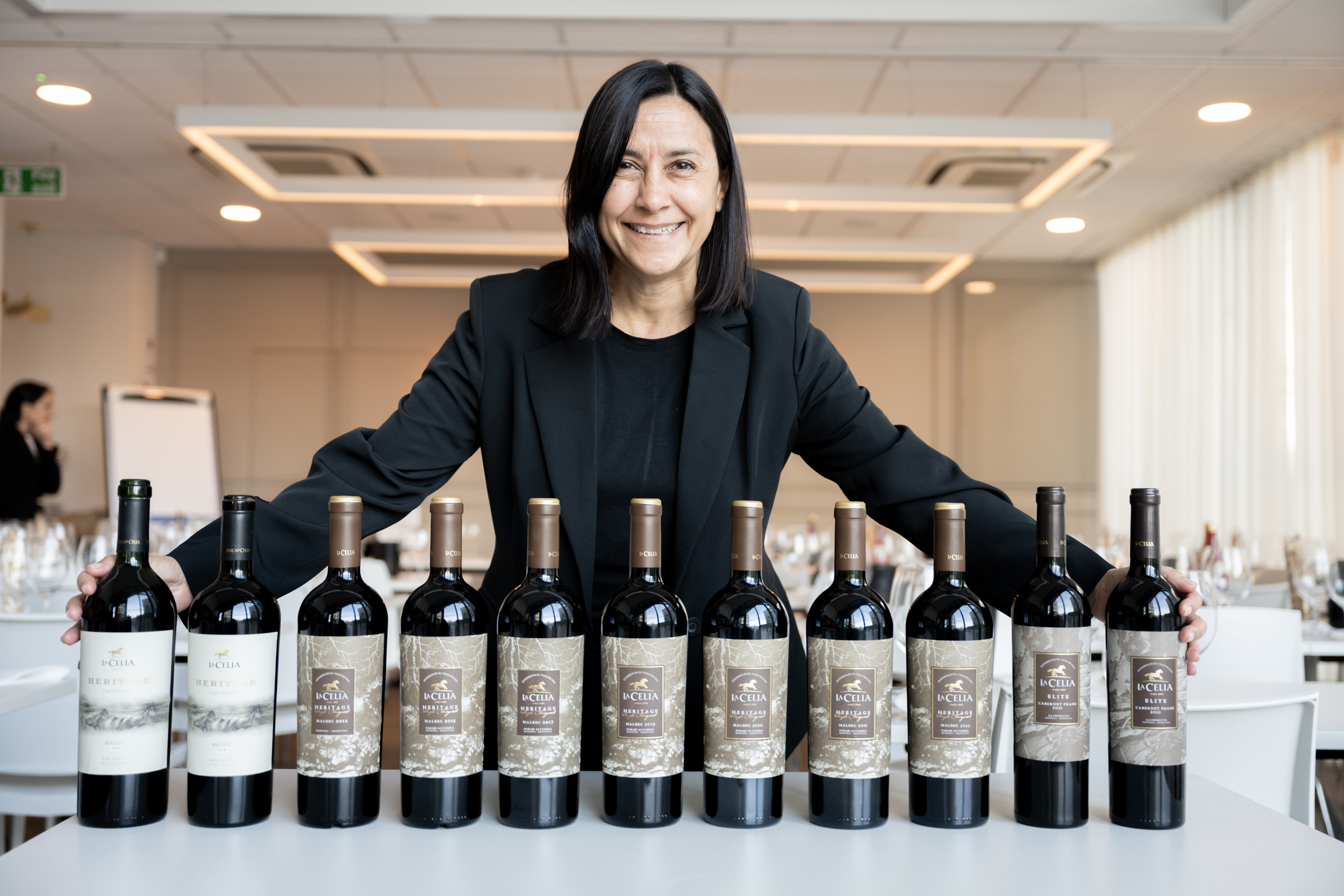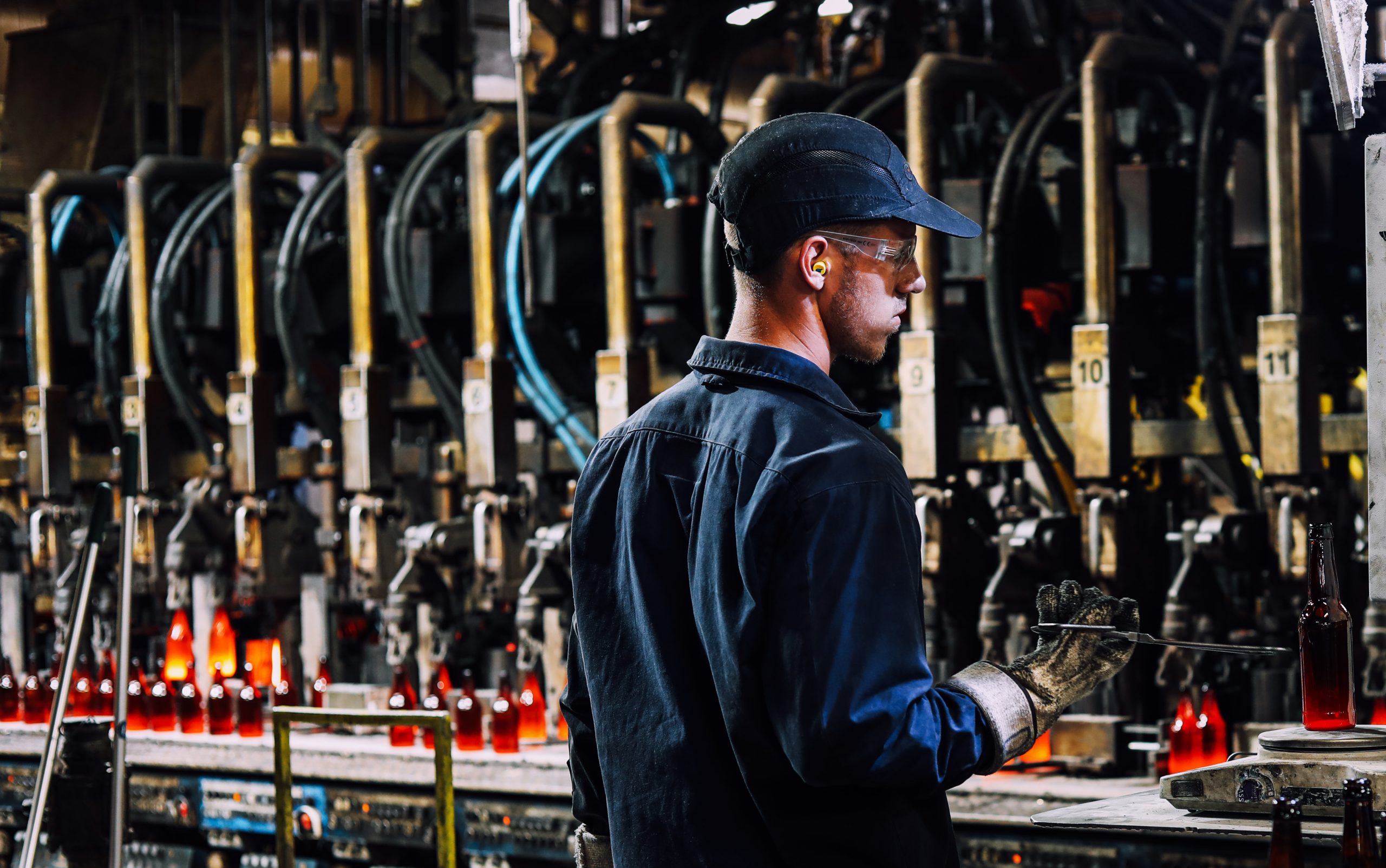This website uses cookies so that we can provide you with the best user experience possible. Cookie information is stored in your browser and performs functions such as recognising you when you return to our website and helping our team to understand which sections of the website you find most interesting and useful.
Champagne trends of 2013: 2. Grower cuvee decline
By Patrick SchmittChallenging conditions in Champagne’s mature markets are making it increasingly hard for grower Champagnes to compete with cut-price brands.
Growers are increasingly selling their grapes than risking the market for bottled Champagne
Those operating at very low margins in particular are under threat. Although a négociant, not a grower, one notable illustration of the strain in the market was the collapse of Pressoirs de France, which went into administration at the start of the year, unable to make a profit on bottles sold for as little as €8 a bottle due to rising raw material costs, above all grapes.
Indeed, its Laurence D label was sold in Retailer Leclerc as part of a half price loyalty card deal late last year which allowed shoppers to effectively buy a bottle for €5.45. (€10.90 would buy them a bottle of Champagne and a €5.45 voucher to spend on food in-store the following day).
Such an environment also means the number of Récoltants-Manipulants – or grower Champagnes – are declining. “It’s hard to monitor the figures exactly, but there are roughly 5,000 growers [who produce wine from their own grapes],” says Pascal Férat, head of Champagne’s Syndicat Général des Vignerons. “Some are stopping, some are starting, but I believe the numbers are declining,” he adds.
Not only are such growers finding it hard to compete with cut-price Champagnes – particularly supermarket exclusive labels – but rising grape prices makes selling their grapes increasingly attractive, rather than making wine and bottling it themselves. And this way they are guaranteed payment within 12 months.
In essence, growers are wondering why they should go to the cost of producing and storing Champagne if there’s no guaranteed market and the margins are slim.
Thibault le Mailloux, communications director for the CIVC, confirms the downward trend with figures to suggest 57% of the grapes harvested in Champagne last year were sold to the houses, compared to 55% in 2011, and fewer than 53% in 2008.
Meanwhile, Patrice Noyelle, managing director at Pol Roger, believes that growers are now bottling 400 fewer hectolitres than at their peak. “The trend is to move from grower bottling,” he says. “So the big houses will get bigger.”
However, he also makes the point that the best of the grower Champagnes are now well established brands in their own right.
Other Champagne trends reported by the drinks business include:





